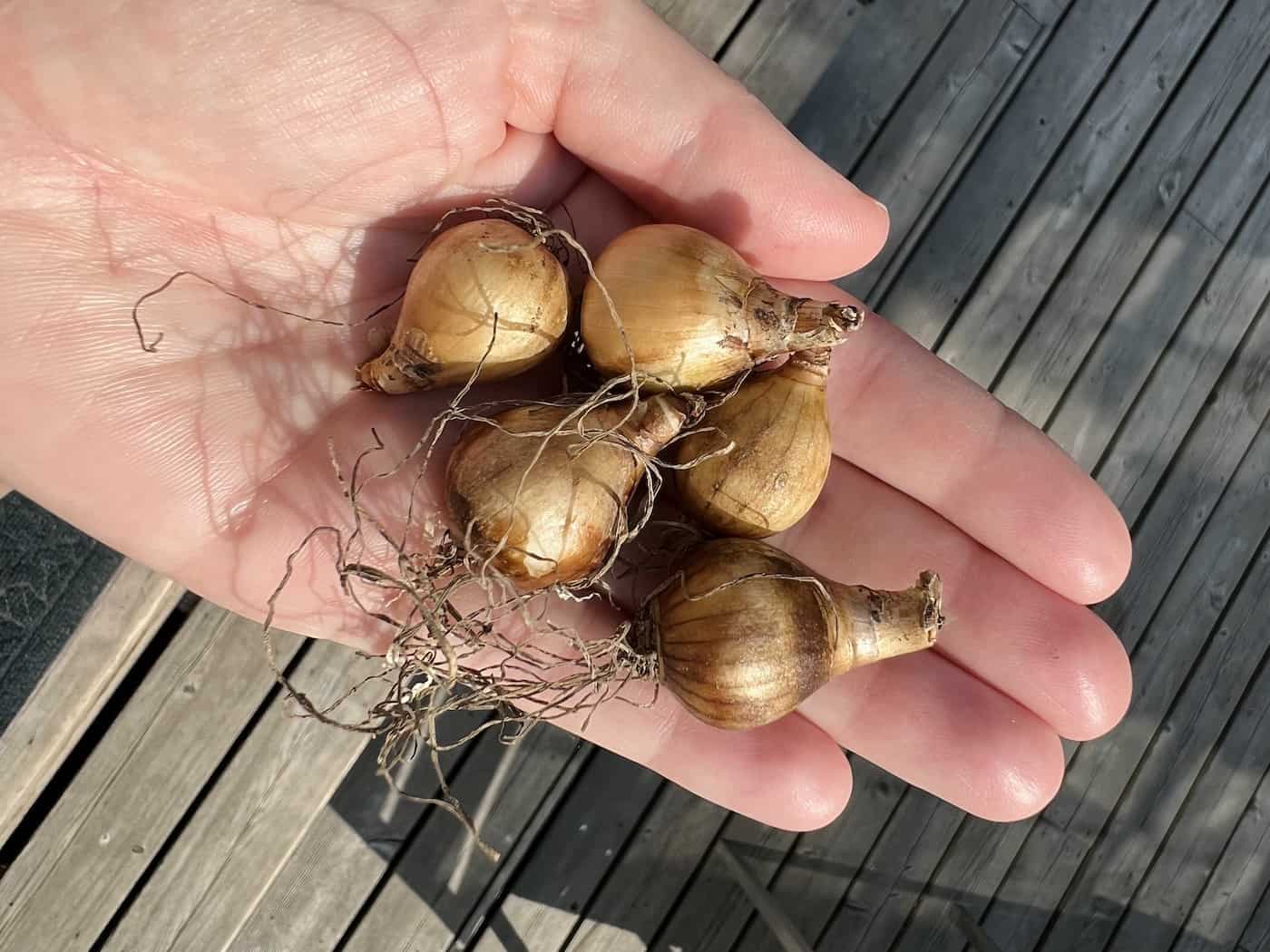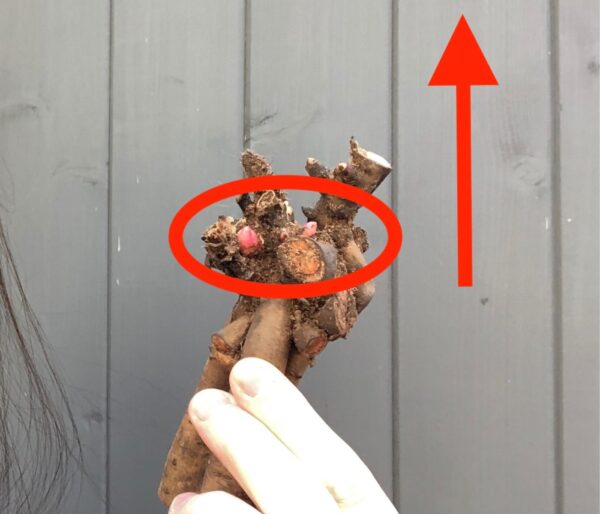Galanthus woronowii, also called “green snowdrop” or “Woronow’s snowdrop”, is a popular snowdrop variety with broad green leaves and a little green mark on the inner tepals of the bloom. This cultivar is native to the area around the Black Sea and is now cultivated in gardens around the world.
Introduction to Galanthus woronowii
Galanthus woronowii is a species of snowdrop native to the Eastern Mediterranean. This species was named for the botanist Woronow (1874-1931), who had also examined specimens from the area. This plant is a bulbous perennial herb with spherical bulbs 2-2.5 cm wide.
Galanthus woronowii is a species within the genus Galanthus (snowdrop) of the Amaryllidaceae family (amaryllis family). Including this species, there are currently 23 accepted species within the Galanthus (snowdrop) genus.
These plants typically stand about 8 inches tall. They sprout up from the ground in late winter/early spring. The leaves are broad, shiny, and light green, providing good groundcover in woodland gardens.
Woronow’s snowdrop are beloved for their delicate white early spring flowers. Bloom time depends on the local climate and weather, with flowering usually occurring from late January through to early April (depending on the area).
Galanthus woronowii grows best in USDA zones 5-9. With minimal care requirements, this bulbous perennial makes an outstanding addition to landscaping or container gardens.

“Galanthus woronowii: The native range of this species is NE. Türkiye to W. & Central Caucasus. It is a bulbous geophyte and grows primarily in the temperate biome.”
Plants of the World Online, Royal Botanic Gardens Kew

Planting Galanthus woronowii
Galanthus woronowii is most commonly planted from dormant bulbs in the fall. Snowdrops can be difficult to establish from dormant bulbs, so be sure to plant them as soon as possible in early fall and water well after planting. Transplanting actively growing plants in the spring may prove more successful if fall planting has failed.
Snowdrops grow best in humus-rich soil. Mix in some organic compost prior to planting if possible. Keep soil moist, but not waterlogged, in the spring and the fall. These plants can withstand hot, dry soil during the summer months.
In terms of sunlight, these plants can grow in full sun to partial shade. In general, morning sun is preferable to afternoon sun, and afternoon shade should be sought out in warmer climates (Zones 8-9). The plants can struggle in full sun in hot climates.

How to plant snowdrop bulbs
Here are the basic steps for planting snowdrop bulbs, including Galanthus woronowii:
- Clear weeds and dead plant debris from the area.
- Mix some organic compost into the top 6 inches of soil.
- Dig 3-inch deep planting holes or a wide planting basin.
- Place the bulbs in the planting holes, with the pointy end up.
- Gently backfill the holes with soil.
- Water the area thoroughly.
- Add a couple of inches of composted organic mulch over the top of the soil.
- Add a plant label to help you remember where you planted the bulbs (and what species they are).


Companion plants for snowdrops
Here are some suggestions for good companion plants for snowdrops:
- Other spring ephemerals that bloom before trees leaf out, like crocuses, scilla, or grape hyacinths. These can provide a succession of early colors.
- Perennials like ferns, astilbes, hellebores, or hostas that grow well in the same moist, humus-rich soil. Their lush foliage can complement the delicate snowdrop flowers in the right layout configuration.
- Shade-loving groundcovers like lamium, ajuga, or coral bells will fill in spaces once the snowdrop foliage dies back.
The key is to choose plants that enjoy the same growing conditions and will complement its early-season interest in the garden.









